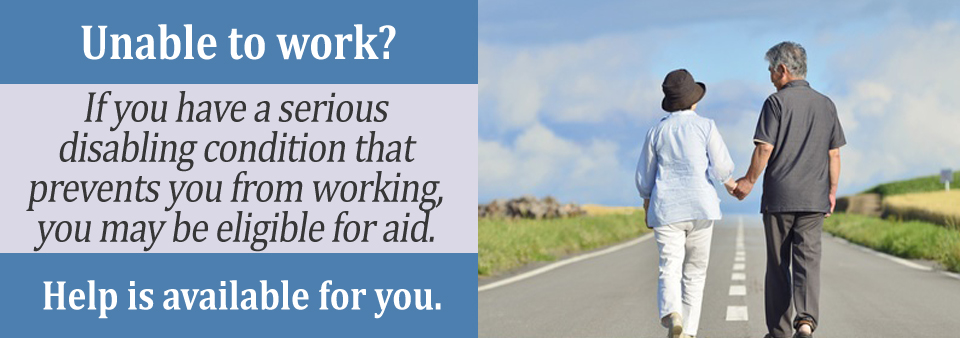As a neuromuscular disorder that weakens skeletal muscles, myasthenia gravis is a relatively rare medical condition that has the potential to keep patients off their feet for an extended period. If you have received a diagnosis for myasthenia gravis, you might qualify for Social Security disability benefits. The application you submit to the Social Security Administration (SSA) for disability benefits should include persuasive medical documents, as well as paperwork completed by your employer that demonstrates your inability to work. Working with an experienced disability lawyer should improve the chances of you winning your claim.
Important Medical Documents to Submit with Your Disability Application
If you cannot work for a minimum of 12 months because of myasthenia gravis, you need to provide proof that the medical condition has rendered you incapable of holding down a job. You should collect the names, addresses, and phone numbers of every doctor, surgeon, and caseworker that diagnosed, treated, and rehabilitated the symptoms caused by myasthenia gravis. The notes taken by the medical professionals responsible for your care, as well as any medications prescribed by your physician should also accompany the disability application.
According to the Blue Book put out by the SSA, myasthenia gravis is diagnosed when there is a loss of motor function in two extremities. The result is severe restrictions on movement, such as unable to stand up from a seated position and/or having trouble maintaining balance while standing and/or walking. To meet the diagnostic threshold established by the SSA, your doctor will submit paperwork that describes your reflexes, the extent of muscle weakness, and the status of your motor functions. Results from a repetitive nerve stimulation test and imaging tests such as an MRI and a CT scan should also be part of the medical evidence you send to the SSA along with your disability application.
Submit Personal and Employment Information
The SSA wants applicants for disability to submit personal information like a birth certificate and Social Security number. You also need to submit a summary of where you worked at the time of the diagnosis for myasthenia gravis, as well as the type of work you routinely completed. The most recent copies of your W-2 form and federal income tax return gives the SSA insight into how much income you have lost because of myasthenia gravis.
Within the Blue Book, Section 11.12 describes the symptoms that adversely impact work performance:
- Unable to understand and remember information
- Poor interaction with others
- Trouble concentrating
The most important document your employer sends to the SSA to support your lost wages claim concerns describing how myasthenia gravis has inhibited your ability to perform standard job duties. The neuromuscular disorder not only can limit your physical activity, but it can also impair your cognitive skills.

Get Help from a Social Security Lawyer
Applying for disability benefits during the era of COVID-19 involves submitting the online application or calling 800-772-1214 to have an SSA employee take your claim over the phone. You have to scan the copies you made of every document, and then attach the scanned files to the application. A Social Security attorney makes sure you submit the most convincing disability application. If your claim is denied by the SSA, your lawyer helps you strengthen your claim for resubmission during the appeals process.
Ask for a free case valuation to determine whether you have included the documentation you need to get your disability claim approved by the SSA.
Additional Resources